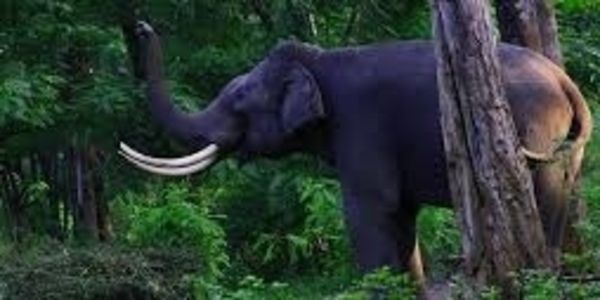
Not to be Missed: India's First Private Wildlife Sanctuary.
When Anil Malhotra and his wife Pamela returned to India from Hawaii in 1986, they were aghast at the mass deforestation, scarcity of water and high levels of air and water pollution. They were determined to do something about it and came up with the resolve to develop a forest sanctuary. Their efforts led to the creation of SAI (Save Animals Initiative) Sanctuary Trust which is located in Kodagu district in Karnataka. It is probably the largest wildlife sanctuary in India. In the northern part of India, there was a land ceiling of 12 acres, so they headed south to Karnataka to realize their dream of conservation of nature. They bought 55 acres of unused and barren land from farmers who were not using it due to excess rainfall in the region. It was home to trees as old as 700 years. They kept buying more land that was lying idle as farmers were not using them. Gradually their passion to expand the green cover spread to around 300 acres. The couple decided to follow three important rules: no chopping down of any tree, no human interference and no poachers. Therefore, they retained all the native trees and planted much more and now after 26 years, the barren land has been transformed into a large wildlife sanctuary abundant in flora and fauna. A river flows through the beautiful sanctuary which is home to several aquatic species like fishes and snakes.The absence of human intrusion has seen a rise in wildlife population – from Asian elephants, sambar and wild otters, to the Malabar giant squirrel and leopards. The sanctuary is regularly visited by over 305 species of birds. Several cameras are installed across the sanctuary to identify new animals and keep a track on poachers. With the help of a panel of trustees, they have revived freshwater ponds, increased the natural food supply of wildlife so that they don’t venture into human territory. Their organic gardens include species of rare native trees and plants, many of which have medicinal values. The couple had invested their own money initially for the sanctuary. Now they are a registered not-for-profit trust which runs on donations. The sanctuary runs completely on solar and alternate energy. Patrolling the sanctuary is a challenge as due to the large area, it is very hard to keep track of the poachers. Hence, the enthusiastic and dedicated couple spread awareness about preserving wildlife and nature in schools and nearby villages. In a documentary ‘Rooted Truth’, Pamela says “By piecing this back together we save our water sources, ensure animals can keep the forest healthy and the forest can give a home to the animals. We can protect ourselves from climate change and we set the groundwork for a healthier and more vibrant, richer...India.
